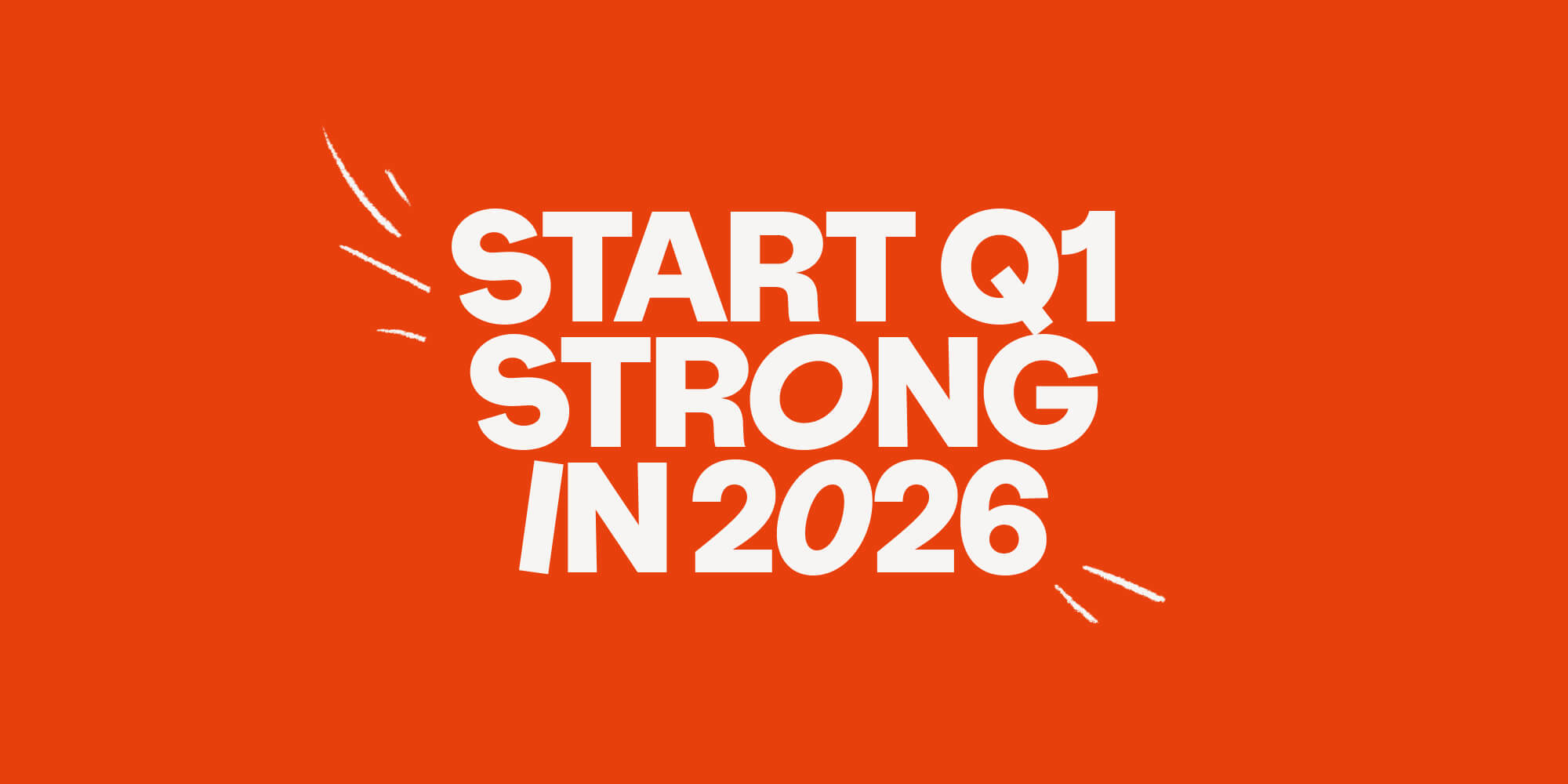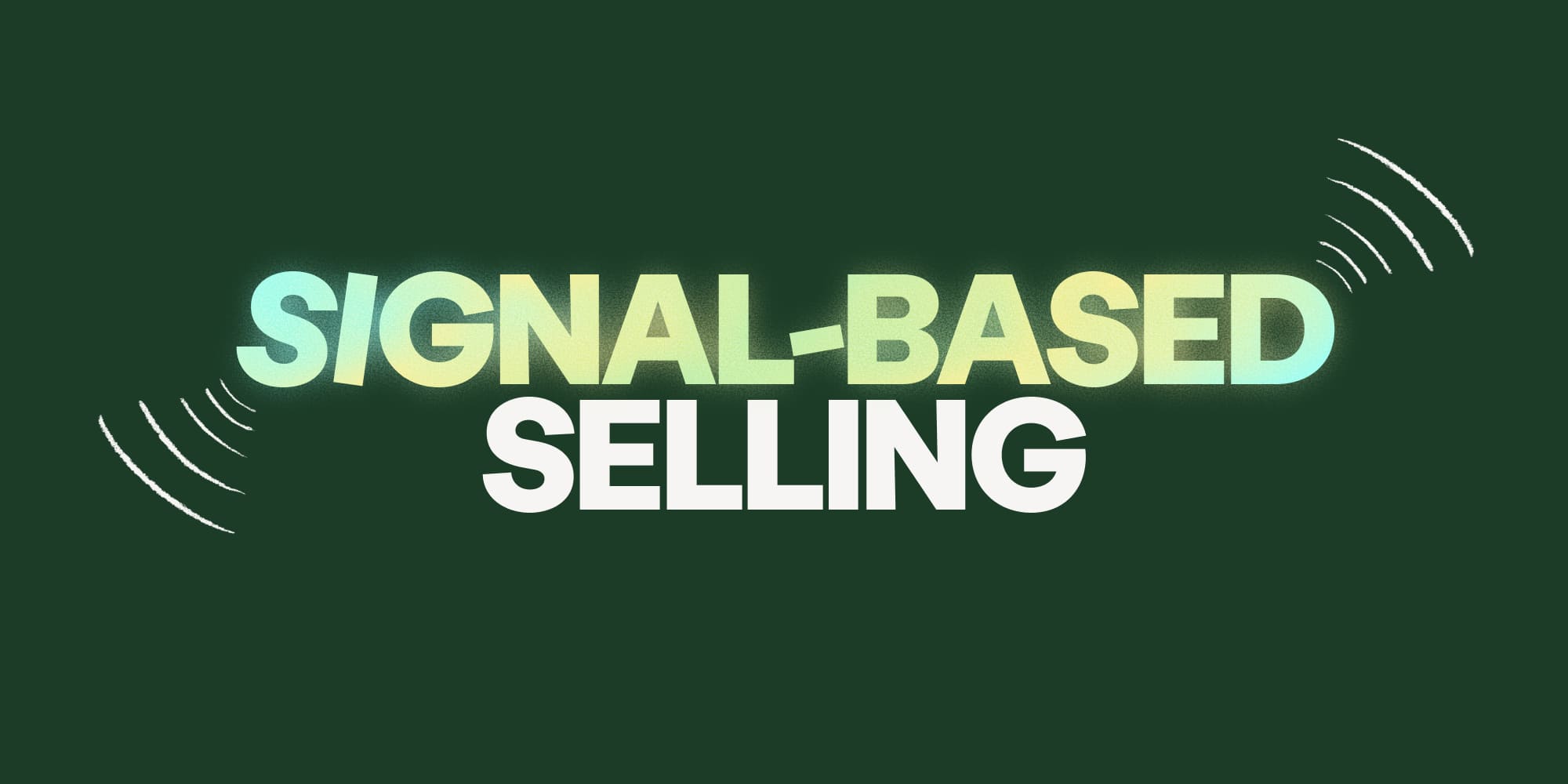15+ of the most useful sales funnel metrics to optimize your sales processes
•
May 24, 2024
.jpg)
Which sales funnel metrics and Key Performance Indicators should you monitor to improve your sales strategy?
Check out our definitive list to make more data-driven decisions thorughout your sales funnel.
Your sales funnel is far more than just a way of conceptualizing your buyer journey.
When you know how to quantify its success by breaking each stage down and measuring individual aspects of the funnel, it become invaluable in helping you figure out what’s working and what’s not in your sales process.
Tracking and analyzing specific sales funnel metrics means you can better understand your customers' journey, identify performance gaps, and make better data-driven decisions for improvement.
This blog will explore the key metrics you need to monitor to enhance your sales funnel's effectiveness and inform your revenue growth strategies!
Understanding sales funnel metrics
It’s not enough just to know how many leads you start with and how many customers you close. What happens in between?
Sales funnel metrics provide a quantitative view of your sales process, offering insights into the efficiency and effectiveness of your sales activities. They help you visualize and manage the progression of leads through the sales funnel, from initial contact to deal closure.
This data is critical to your revenue strategy because is allows you to differentiate between funnel stages where you see the strongest conversions and those where you see significant drop-offs.
In other words, you can pinpoint exactly where in your sales funnel you’re missing out on opportunities and work to plug the gaps.
Without sales funnel metrics, you have little to no visibility over the strengths and weaknesses of your sales processes. Your entire process is just a black hole!
Funnel conversion rate: the overall metrics
Let’s start with the biggest and broadest sales funnel Key Performance Indicator (KPI): the basic funnel conversion rate.
This is a crucial metric that measures the percentage of leads that successfully convert into customers after moving through your sales funnel. It provides an overall indication of how effective your sales team and processes are at turning prospects into paying customers.
Conversion rate metric calculation
To calculate your funnel conversion rate, divide the total number of conversions by the total number of leads and multiply by 100.
Formula:
Conversion rate=(Number of conversions/Total number of leads)×100
As you’ll see below, you can use this general formula to measure conversion rates between individual stages within your funnel, too.
Measuring top-of-funnel sales strategies
Top-of-funnel sales strategies focus on attracting and engaging potential leads at the beginning of your sales process. Effective top-of-funnel activities set the stage for successful lead nurturing and conversion, so it’s important you’re able to measure how well you’re identifying and attracting your target audience.
Lead generation metrics
Key metrics for top-of-funnel sales include website traffic, lead generation rates, and the effectiveness of marketing or outbound sales campaigns. Monitoring these metrics helps you understand the reach and impact of your initial engagement efforts:
- Website traffic: Number of visitors to your website.
- Free trial requests: Number of leads who sign up for a free trial.
- Outbound outreach: Number of cold emails sent to leads never contacted before
Example inbound lead generation formula:
Inbound website lead generation rate=(Number of form submissions/Total website visitors)×100
Example outbound lead generation formula:
Outbound lead generation rate=(Number of replies/Total cold emails sent to new leads)×100
Tracking middle-of-funnel success
Your middle-of funnel activities include lead discovery, qualification, scoring, and nurturing.
Whilst it’s natural for conversion rates to gradually decrease down the funnel (hence the funnel shape), significant drop-offs could be a sign either that:
- Your top-of-funnel activities aren’t focused enough (you’re attracting too many unfit leads)
- Your middle-of-funnel activities aren’t effective enough (you’re failing to identify potential opportunities)
Lead qualification metrics
Metrics such as lead qualification rates, lead scoring, and the effectiveness of lead nurturing campaigns help you assess the quality and readiness of your leads. By tracking these KPIs, you can ensure that your sales team focuses on high-potential prospects:
- Lead scoring: Assigning points to leads based on their actions and engagement level.
- Lead qualification rate: Number of qualified leads divided by the total number of leads, multiplied by 100.
- Free trial conversion rate: Number of trial leads with qualified purchase interest divided by the total number of free trial leads, multiplied by 100.
Formulas:
Lead qualification rate=(Number of qualified leads/Total number of leads)×100
Free trial conversion rate=(Number of trial leads with qualified purchase interest/Total number of free trial leads) x100.
Analyzing bottom-of-funnel sales metrics
Bottom-of-funnel metrics focus on the final stages of the sales funnel, including deal closure and customer retention
Deal closure metrics
Tracking these metrics helps you identify bottlenecks and streamline the deal closure process:
- Proposal acceptance rate: Number of accepted proposals divided by the number of proposals sent, multiplied by 100.
- Negotiation success rate: Number of successful negotiations divided by the number of negotiations, multiplied by 100.
- Closed/lost ratio: Ratio of deals lost compared to deals lost
Formulas:
Proposal acceptance rate=(Number of accepted proposals/Number of proposals sent)×100
Negotiation success rate=(Number of successful negotiations/Number of negotiations)×100
Customer Retention Metrics
Customer retention metrics measure the effectiveness of your post-sale activities in retaining customers and fostering long-term relationships:
- Customer churn rate: Number of customers lost divided by the total number of customers at the start of the period, multiplied by 100.
- Repeat purchase rate: Number of repeat customers divided by the total number of customers, multiplied by 100.
- Customer Lifetime Value (CLV): Total revenue from a customer divided by the number of years they remain a customer.
Formulas:
Customer Churn Rate=(Total Number of Customers at Start of Period/Number of Customers Lost)×100
Repeat Purchase Rate=(Number of Repeat CustomersTotal Number of Customers)×100
Customer Lifetime Value=Total Revenue from Customer/Customer Lifespan in Years
Analyzing your performance with sales pipeline metrics
Remember: your sales pipeline is not the same as your sales funnel!
Your sales pipeline reflects the actions you take to generate revenue.
In addition to the detailed, intra-funnel metrics we’ve covered above, you should also keep an eye on your pipeline performance metrics so you can identify trends, measure growth, and make data-driven decisions to drive more business.
Pipeline metrics
Understanding these metrics helps you optimize your sales process for faster deal closure and increased revenue:
- Average deal size: Total revenue from deals divided by the number of deals.
- Time to close: Average time taken to close a deal.
- Win rate: Number of deals won divided by the number of deals, multiplied by 100.
Formulas:
Average deal size=Total revenue from deals/Number of deals
Win rate=(Number of deals won/Total number of deals)×100
Implementing actionable insights: choosing the right metrics for your business
Not all businesses use the same funnel or pipeline metrics to measure their sales performance.
When deciding whether or not to track a specific metric, ask yourself: “what decisions will I make using this metric?” This will make sure you’re focusing on the right KPIs for your sales processes.
At the same time, it’s important that every time you introduce a new sales activity - whether it’s a new cold email campaign, a signal-based prospecting approach, or a new method of demo-ing your solution - you make sure you have the ability to track it before you launch. Otherwise, you won’t be able to quantify its effectiveness.
Hopefully it’s clear that by diving deep into your sales funnel data, you can make more informed decisions, optimize your sales process, and achieve better results throughout the customer journey.
If you’re looking for crystal clear outbound analytics and revenue attribution tracking, check out Amplemarket today!
FAQs
What are sales funnel metrics?
Sales funnel metrics are quantitative measures used to track and analyze the performance and effectiveness of each stage in the sales funnel, from lead generation to deal closure. They help visualize the progression of leads and identify areas for improvement.
Why are they important for businesses?
Sales funnel metrics are crucial because they provide insights into the efficiency of your sales process, help identify performance gaps, and enable data-driven decisions to enhance revenue growth and optimize the customer journey.
Which sales funnel metrics should I track to assess the health of my sales process?
Key metrics to track include funnel conversion rate, lead generation rates, lead qualification rates, proposal acceptance rates, negotiation success rates, customer churn rate, repeat purchase rate, and customer lifetime value (CLV).
How can I improve my sales funnel metrics and optimize my sales process?
To improve your sales funnel metrics, focus on understanding customer needs, building strong relationships, maintaining effective communication, and conducting timely follow-ups. Regularly review and analyze your metrics to identify areas for improvement and implement strategies to enhance each stage of your funnel.
What benchmarks or industry standards should I compare my sales funnel metrics to?
Compare your metrics to industry benchmarks and standards specific to your sector to gauge performance. Consider average conversion rates, lead qualification rates, and customer retention rates within your industry to set realistic performance goals.
What are some common challenges or pitfalls in interpreting sales funnel metrics?
Common challenges include data inaccuracies, misinterpreting metrics without considering context, and focusing on vanity metrics that don’t drive meaningful improvements. Ensure data accuracy, understand the context of each metric, and focus on actionable insights that can genuinely enhance your sales process.
Subscribe to Amplemarket Blog
Sales tips, email resources, marketing content, and more.










